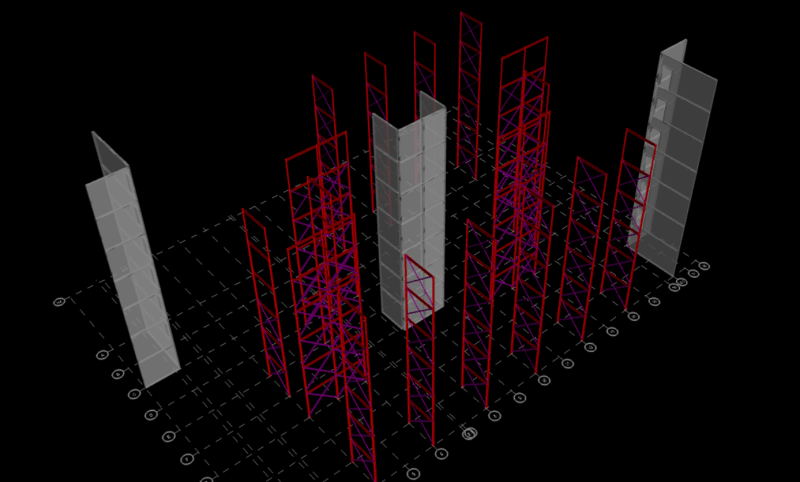MacGruber22
Structural
- Jan 30, 2014
- 802
I have reviewed related posts but am still unsatisfied. [URL unfurl="true"]https://www.eng-tips.com/viewthread.cfm?qid=399108[/url]
So...what effective length are people using for single angle X-braced frames in R=3 SDC A/B buildings? They are braced at their intersection with a single bolt in an OVS hole. I am not a fan of using these single angles but apparently that is the standard for self-storage buildings. And, the prototype building I am trying to base my design on appears to have used the recommendations from this report ( which recommends an unbraced length of 1/2 the total length and K = 0.85. These recommendations don't seem to mesh with anything else I can find and seem to fly in the face of AISC Table 4-12, eccentrically located single angles, as well as AISC chapter E.5.
I would love to just make these tension-only, but my drift and load distributions depend on sticking with the X configuration.
-Mac
So...what effective length are people using for single angle X-braced frames in R=3 SDC A/B buildings? They are braced at their intersection with a single bolt in an OVS hole. I am not a fan of using these single angles but apparently that is the standard for self-storage buildings. And, the prototype building I am trying to base my design on appears to have used the recommendations from this report ( which recommends an unbraced length of 1/2 the total length and K = 0.85. These recommendations don't seem to mesh with anything else I can find and seem to fly in the face of AISC Table 4-12, eccentrically located single angles, as well as AISC chapter E.5.
I would love to just make these tension-only, but my drift and load distributions depend on sticking with the X configuration.
-Mac

